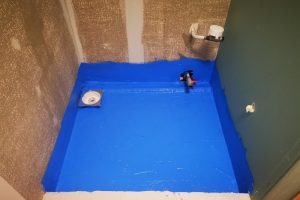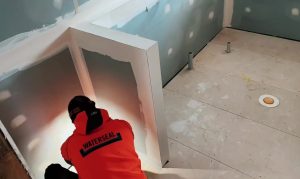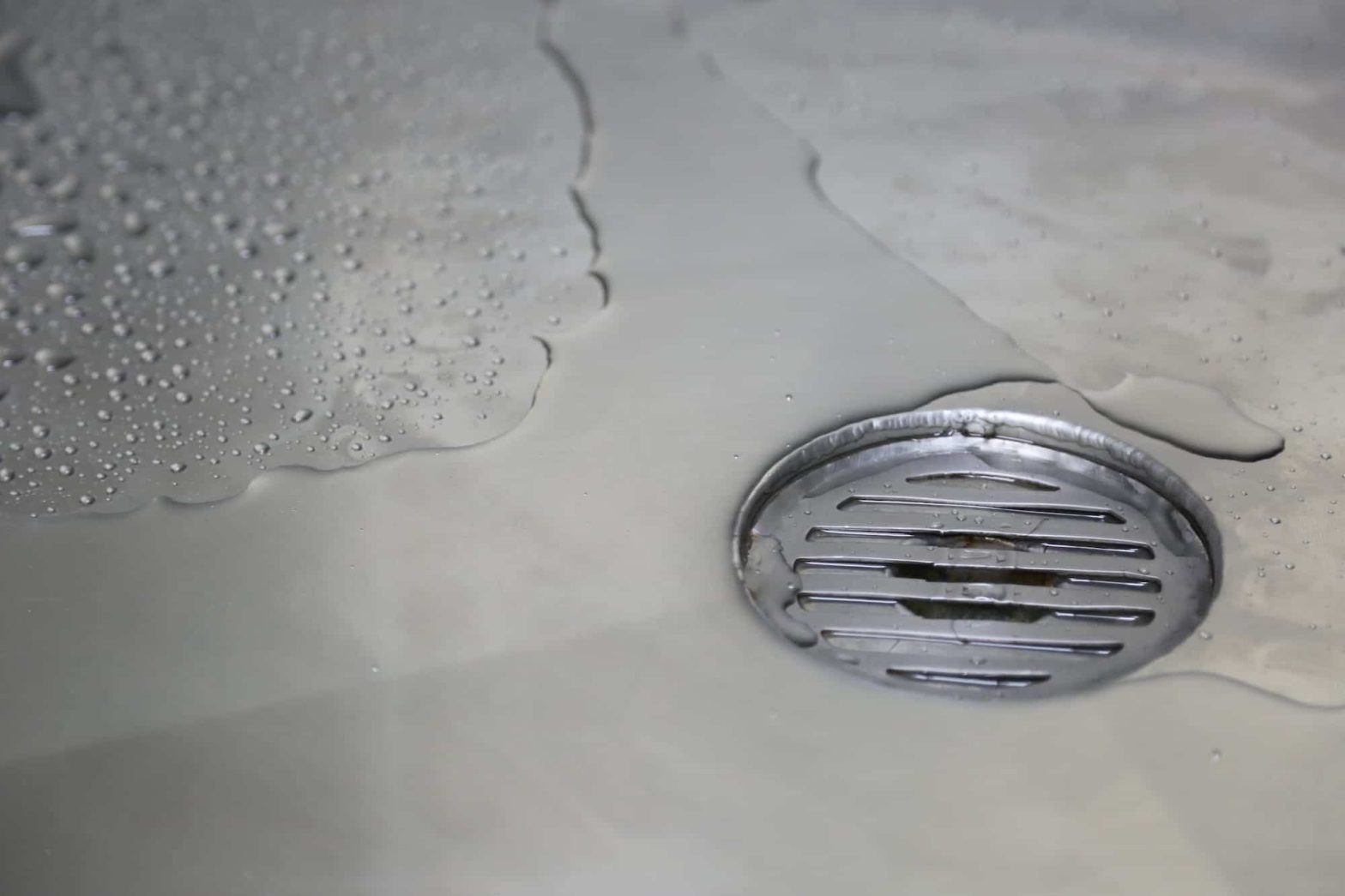The Importance of Waterproofing: Protecting Your Property
Water damage can be a silent and destructive force that affects the structural integrity of buildings and properties. To safeguard against this threat, proper waterproofing is essential. In this article, we will explore the critical areas that need to be waterproofed to ensure the longevity and durability of structures.
1. Basements and Foundations
Basements and foundations are vulnerable areas that require careful attention when it comes to waterproofing. Water seepage into these spaces can lead to serious structural issues, including foundation cracks and damage. Applying waterproofing solutions to basement walls and the foundation can prevent water infiltration and protect the core stability of a building.
Signs of Water Damage in Basements:
- Damp or musty odor
- Visible mold or mildew
- Efflorescence (white, powdery substance on walls)
- Peeling paint or wallpaper
2. Roofs and Ceilings
The roof is a primary defense against the elements, and proper waterproofing is crucial to prevent water infiltration. Leaks in the roof can lead to damage not only to the ceiling but also to the structural components of a building. Regular roof inspections and the application of waterproof coatings or membranes are essential for maintaining a watertight envelope.

Common Roofing Vulnerabilities:
- Missing or damaged shingles
- Clogged gutters and downspouts
- Cracked flashing around chimneys and vents
- Pooling water on flat roofs
3. Bathrooms and Kitchens
Waterproofing in areas with high moisture levels, such as bathrooms and kitchens, is crucial to prevent water damage and mold growth. Proper sealing of joints, seams, and surfaces in these spaces can protect against leaks that may occur from plumbing fixtures or appliances. Additionally, using water-resistant materials in these areas can contribute to long-term durability.
Tips for Waterproofing Wet Areas:
- Use waterproof membranes in shower and bathtub surrounds
- Seal joints around sinks and faucets
- Install water-resistant flooring materials
- Ensure proper ventilation to reduce humidity
4. Exterior Walls
Exterior walls are constantly exposed to the elements, making them susceptible to water penetration. Waterproofing exterior walls involves the application of coatings or sealants to protect against rain, snow, and moisture. This not only preserves the aesthetics of a building but also prevents structural damage and potential health hazards related to mold growth.
Indicators of Exterior Water Damage:
- Stains or discoloration on walls
- Peeled or blistered paint
- Cracks in the masonry or stucco
- Efflorescence on the exterior surface
5. Windows and Doors
Windows and doors are vulnerable entry points for water if not properly sealed. Weatherstripping and proper sealing around these openings are essential to prevent water intrusion, especially during heavy rainfall or storms. Regular maintenance and inspection of seals and caulking can ensure their effectiveness over time.

Ensuring Waterproofing around Openings:
- Inspect and replace damaged weatherstripping
- Check and reseal window and door frames
- Address any gaps or cracks in the surrounding walls
Conclusion
Effective waterproofing is a critical aspect of property maintenance and construction. By addressing vulnerable areas such as basements, roofs, wet spaces, exterior walls, and openings, property owners can mitigate the risks associated with water damage. Regular inspections, timely repairs, and the use of quality waterproofing materials are key components of a comprehensive waterproofing strategy. https://allsydneywaterproofing.com/waterproofing-sydney/

